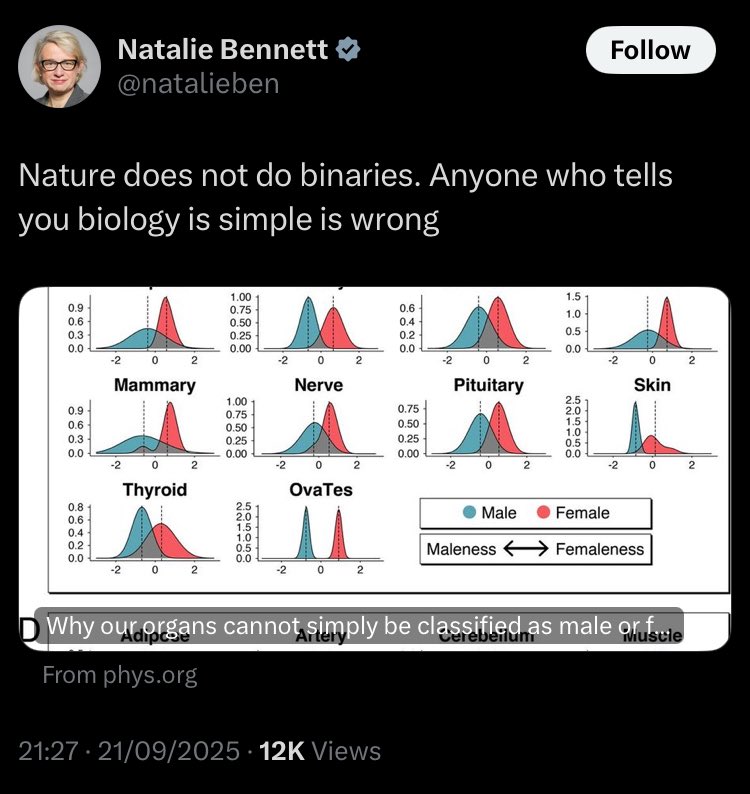This is your regular reminder that I am not an entomologist and I do not study beetles.
My handle is derived from a quote about creationism and I research human genetics and genetic disorders, including one that kills males.
Here is a motor neuron I grew in a dish.
My handle is derived from a quote about creationism and I research human genetics and genetic disorders, including one that kills males.
Here is a motor neuron I grew in a dish.

I do not study cool things like…
Jewel beetles. Studies of their iridescence (like liquid crystals) has helped paint chemists. It’s also surprisingly good camo (expt: attach bright or dull wings to mealworms and see which get eaten by birds…).
Jewel beetles. Studies of their iridescence (like liquid crystals) has helped paint chemists. It’s also surprisingly good camo (expt: attach bright or dull wings to mealworms and see which get eaten by birds…).

Whirligig beetles. They have a tight turning circle for an inflexible body. Boat people are intrigued. London cabbies look smugly on. 

Bombardier beetles. Toxic explosions of liquid from their tummy. Apparently, they might inform the design of fire extinguishers and nebulisers, but we’re all thinking jet packs, right? 

Namibian desert beetles. How we might harvest water from thin air. Note: not by licking them. I don’t think. 

And how do beetles become male or female?
Well, it was in a beetle species that Nettie Stevens discovered the XY chromosome system.
vox.com/platform/amp/2…
Well, it was in a beetle species that Nettie Stevens discovered the XY chromosome system.
vox.com/platform/amp/2…
And a key gene in beetle sex determination is called doublesex.
Males have a long form and females have a short form of doublesex.
The short, female form is made by the action of a protein called transformer.
Or TRA for short.
That is, TRA can convert male>female.
Males have a long form and females have a short form of doublesex.
The short, female form is made by the action of a protein called transformer.
Or TRA for short.
That is, TRA can convert male>female.
And a final beetle sex fact.
A male flour beetle will ‘mate’ with another. Maybe so when this second male mates with a female, he actually contributes the first male’s sperm. Or the first male is clearing out the old before he finds his own female.
Anyway, here you go.
A male flour beetle will ‘mate’ with another. Maybe so when this second male mates with a female, he actually contributes the first male’s sperm. Or the first male is clearing out the old before he finds his own female.
Anyway, here you go.

• • •
Missing some Tweet in this thread? You can try to
force a refresh










